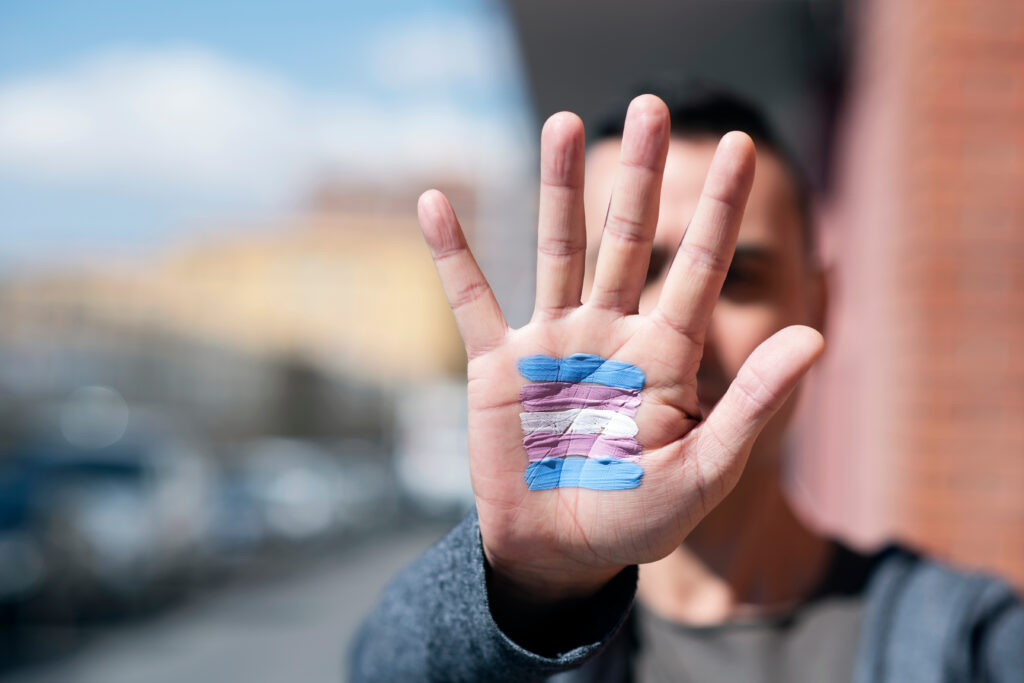
Until recently, research around LGBTQ people and substance use often used the blanket term, “sexual minorities”, and focused almost exclusively on lesbian, gay, and bisexual individuals. Thankfully, in recent years, research has expanded to focus more specifically on transgender and gender non-conforming people. But unfortunately, this research is still quite limited. For example, research pertaining to non-binary individuals and addiction is particularly sparse.
The research that we do have shows that substance use disorders are much more significant among people who identify as transgender or gender non-conforming when compared to their cisgender peers. Compared to cisgender individuals, transgender people are 3.6 times more likely to have used any type of drug. 47% of transgender adults reported binge drinking as compared with only 17% of the general population. Younger transgender people, ages 18-25, specifically have high rates of substance use disorder.
Despite that fact that transgender and gender non-conforming people disproportionately experience substance use and mental health disorders, there is a lack of trans-inclusive care and knowledge about gender identity within the addiction treatment field. This contributes to stigma and discourages people who identify as transgender and gender non-conforming from getting treatment.
A study that examined the experiences of transgender individuals in inpatient SUD treatment facilities found that participants who experienced stigma around their gender identity left treatment early. On the other hand, the study found that participants who experienced “trans friendly” treatment, and who felt included and respected, reported positive treatment outcomes.
Traditional inpatient treatment facilities are often centered around heterosexual, cisgender populations. Lodging and programming often separate men and women from one another. This can create confusion and additional stress for people who identify as LGBTQ in any facet, but even more so for transgender or gender non-conforming individuals. It can be especially problematic if there are not specific policies around where these individuals should be placed based on their gender identity.
Other issues transgender or gender non-conforming patients may run into in a traditional rehabilitation facility include the inability to continue hormone replacement therapy, being placed with a gender they do not identify with, being forced to use their birth name rather than their chosen name, incompetence surrounding gender and sexuality issues among program staff, and general stigma and discrimination. In some cases, transgender and gender non-conforming people may even be subject to harassment or violence in traditional treatment settings.
There are ample opportunities for more research around gender segregation and other barriers faced by transgender and gender non-conforming individuals in addiction treatment centers. Quantitative research is still greatly needed to specifically understand and address how these types of programmatic and structural barriers affect transgender patients.
In the meantime, it is crucial that staff members of addiction treatment centers become more knowledgeable about gender identity. If staff members and treatment providers are ignorant to the details around a whole community, they will likely contribute to stigma and harm. Staff training and continuing education around the topic is recommended.
It is also important that policies and procedures of addiction treatment centers foster respect and inclusivity of all individuals and their identities. Gender-based, anti-stigma policies will help with this goal. Transgender and LGBTQ specific treatment programs should also be available as an option for people who identify with these communities.





